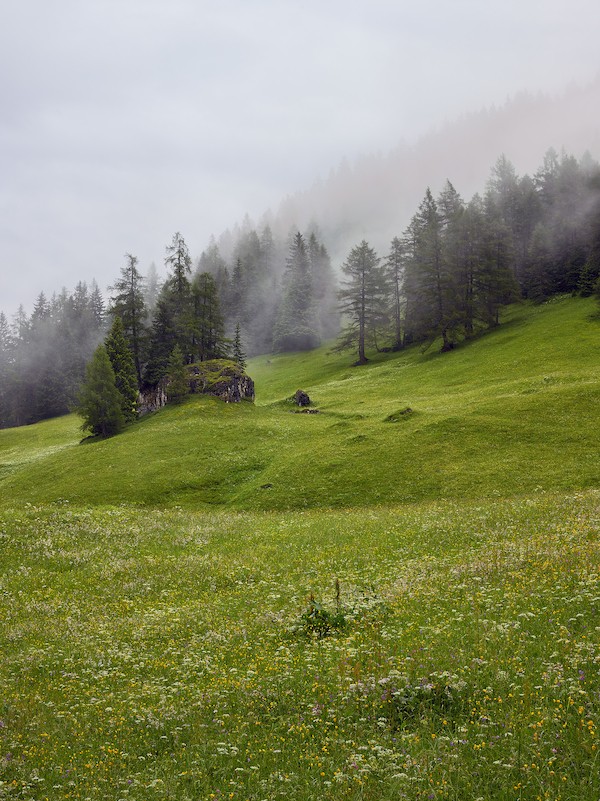Selected studies
01
Images of nature reduce sympathetic nervous activity and increase parasympathetic activity (e.g., Gladwell et al., 2012; Brown et al., 2013).
02
Already 30 years ago, Roger S. Ulrich (1979) established that even unspectacular nature scenes have a positive effect on the mood of their viewers. While urban scenes tend to intensify negative emotions, images of nature reduce stress and feelings of fear and induce friendly feelings. (according to Knopf 1987, Saum-Aldehoff 1993, Gebhard 1994).
03
The psychological and physical effects of green scenery indicate stress reduction, even if it is only when looking through a window, viewing slides or posters (Cackowski/Nasar 2003).
04
According to Roger S. Ulrich, even unspectacular nature scenes have a positive effect on the mood of their viewers. Images of beautiful natural landscapes in particular have a calming and relaxing effect (Ulrich 1979 after Knopf 1987, Saum-Aldehoff 1993, Gebhard 1994). Using slide series, Ulrich (Environment and Behavior 1981, p. 523) found that beautiful landscape scenery can lower pulse and blood pressure and, according to EEG measurements, strengthen alpha waves in the human brain, which signal an increased level of relaxation and balance (according to Knopf 1987, Saum-Aldehoff 1993, Gebhard 1994).
05
According to Ulrich et al. (1991), people showed a particularly rapid and complete recovery in terms of skin conductance, muscle tension, blood pressure and pulse after watching nature videos for ten minutes (Health Council 2004, p. 85).


